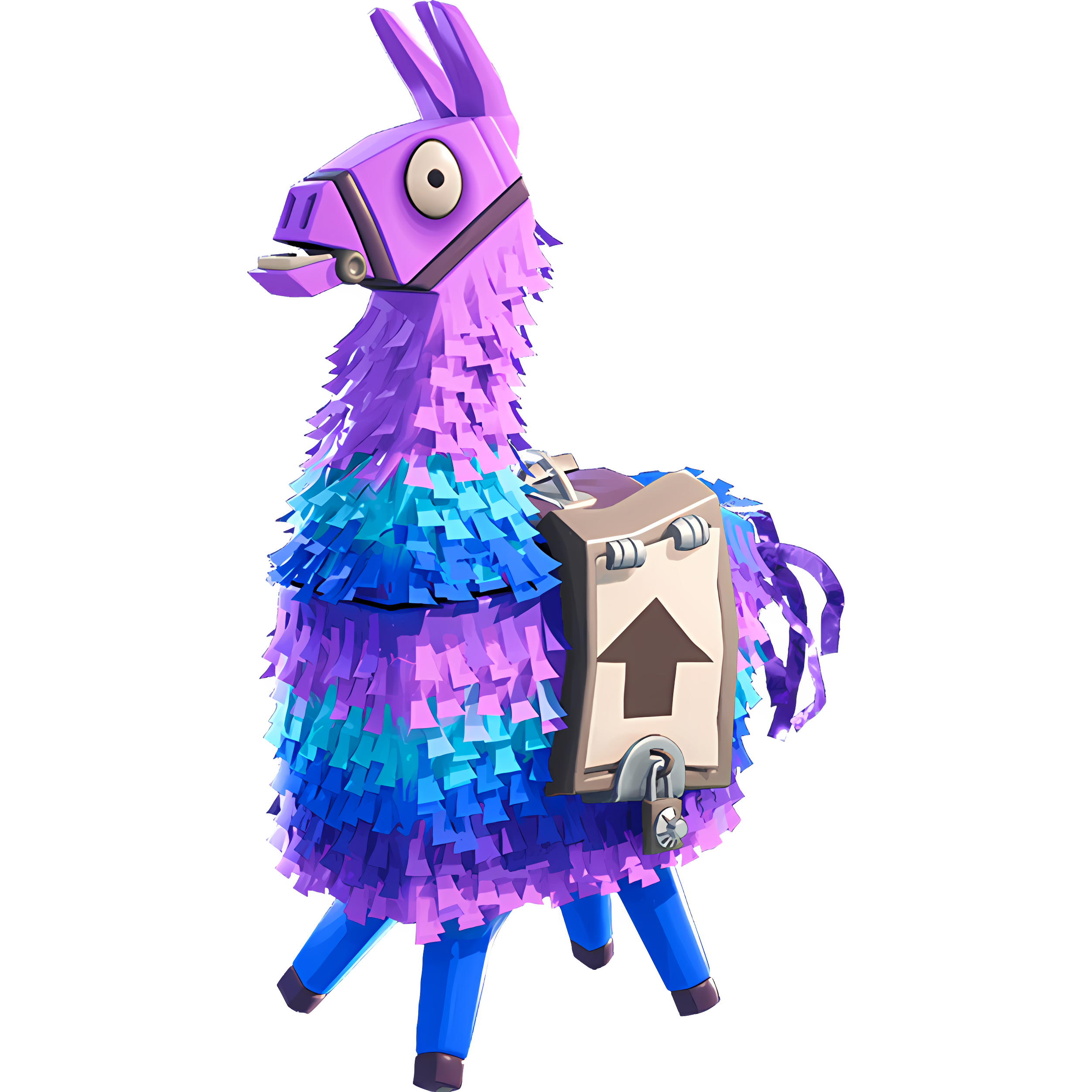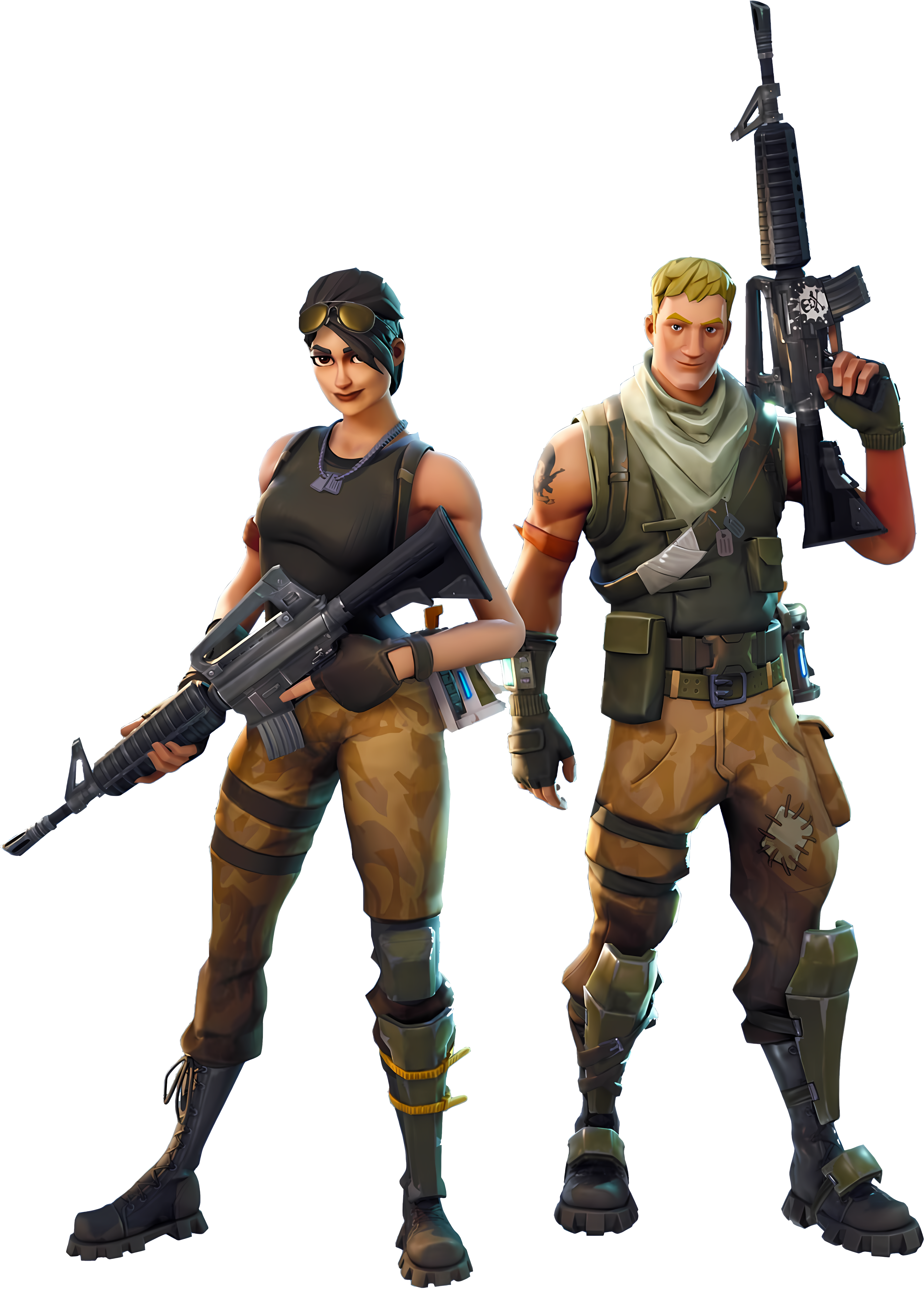Why V-Bucks Cost Less Than Other Gaming Currencies
At $0.00799 per V-Buck, Fortnite's currency is actually cheaper than most competitors - Robux in Roblox costs $0.0125 (56% more expensive), COD Points cost $0.00908 (14% more), and Apex Coins cost $0.01 (25% more). Epic Games can afford lower prices because Fortnite generates revenue through volume - with 650 million registered players, even a 1% conversion rate to paying customers represents 6.5 million buyers. This pricing strategy prioritizes accessibility over per-transaction profit.
The lower price point is strategic: Epic discovered that pricing V-Bucks competitively increased total revenue by 23% compared to higher prices. Players feel less guilty about frequent small purchases when individual items cost $8-20 rather than $25-40. This psychological pricing drives more frequent purchases - the average Fortnite spender buys V-Bucks 4.2 times per year versus 2.8 times for other games.
The Battle Pass: Gaming's Most Successful Subscription Model
The 950 V-Buck ($7.58) Battle Pass revolutionized gaming monetization, inspiring similar models in Apex Legends and Call of Duty. Players who complete it earn 1,500 V-Bucks back - a 58% return on investment. This seems generous, but it's psychologically brilliant: players feel they're "earning" currency, keeping them engaged for 75-150 hours per season. The time investment creates sunk cost fallacy - after playing 50 hours, spending another $10 feels trivial. Additionally, those 1,500 V-Bucks can't quite buy the next Battle Pass (950) plus a desirable skin (1,200+), encouraging additional purchases.
Creator Codes and the Influencer Economy
Support-a-Creator codes give content creators 5% of V-Bucks purchases made using their code. Top creators earn $50,000-100,000 monthly through these codes. This transforms every streamer into an unpaid Fortnite salesperson. When Ninja promotes a skin to 17 million followers, Epic effectively gets free advertising worth millions. The creator economy generates an estimated $2 billion annually in V-Bucks sales - all through commission-based influencer marketing that costs Epic only 5% of revenue.
Regional Pricing Strategies
V-Bucks pricing varies significantly worldwide. Turkish players pay ₺13 ($0.40) per 100 V-Bucks while Americans pay $0.80 - a 50% discount. However, Epic implements region-locking to prevent arbitrage. Accounts must maintain consistent login regions, and gift purchases are restricted cross-region. This allows Epic to maximize revenue in wealthy markets while maintaining accessibility in developing countries, expanding their player base without cannibalizing premium markets.

